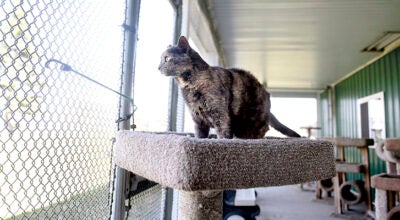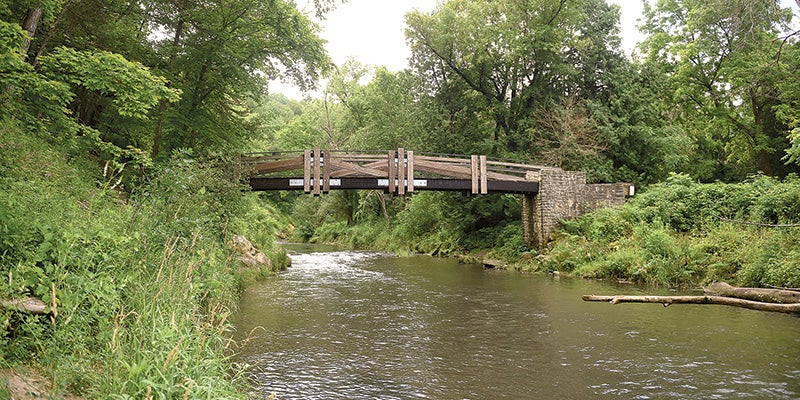Snow won’t help animals hurt by Minnesota drought
Published 12:09 pm Tuesday, December 11, 2012
DETROIT LAKES, Minn. (AP) — Last weekend’s heavy snow in central Minnesota appears to have come too late to help wildlife hurt by this year’s severe drought.
In a state wildlife management area near Detroit Lakes, a beaver lodge is empty because water levels have dropped significantly. DNR wildlife supervisor Blane Kelmek told Minnesota Public Radio News the family of beavers probably moved to a larger pond or lake, making them vulnerable to predators.
Klemek said that’s just one example of how the drought has affected the natural landscape. Although drought can improve a wetland by allowing some plant species to regenerate, it is hard on reptiles and amphibians. For example, the northern leopard frog needs wetlands to wait out the winter season.
The drought also reduced food sources for many animals, including black bears.
Bears typically spend most of the summer and fall fattening up for hibernation, Klemek said. But this fall, foods such as berries, fruits and hazelnuts were less abundant.
“Bears probably went into their dens and such probably not in as good of condition as they normally would … and might be coming out in the spring malnourished,” he said.
Klemek said many animal species are dealing not just with drought, but with more long-term changes.
“It’s been a good decade since we’ve had real harsh winter weather, and wildlife is responding,” he said. For example, when winters are tough up north, Minnesota might see an influx of owls, purple finches and common redpolls coming down from Canada.
“We’re not seeing a lot of that,” Klemek said.
Klemek has seen more birds like the northern cardinal and the red-bellied woodpecker. Both are species that normally wouldn’t live this far north.
DNR officials are working on plans to deal with the effects of climate change on natural resources. An internal report released last year lays out goals for responding to what’s happening, according to Keith Wendt, science policy manager for the DNR’s division of operations services.
“One of the first things we did was begin to look at how vulnerable those plants and animals are to a changing climate, so we could channel our resources towards those that we feel are going to be the most threatened by a changing climate,” Wendt said.
More than 80 percent of Minnesota remains in a severe or extreme drought, and droughts are likely to become more common, according to Mark Seeley, extension climatologist at the University of Minnesota. He said more of Minnesota’s precipitation has been coming in the form of thunderstorms. That means rain is increasingly being dispersed unevenly, leaving some areas very wet and others very dry.
“I think it’s symptomatic of a climate change pattern that is with us now into the future, and is not going away,” Seeley said.




